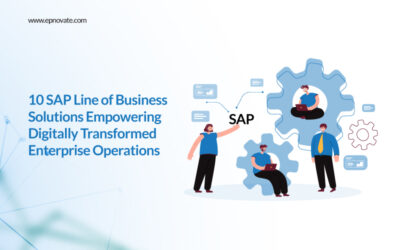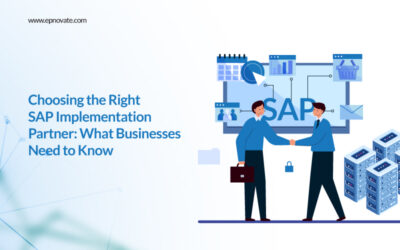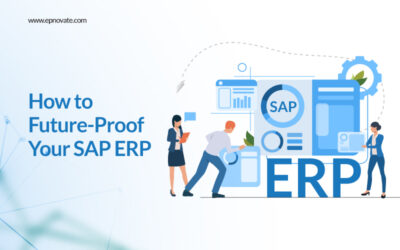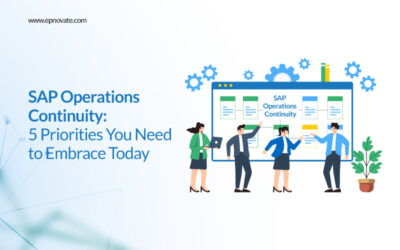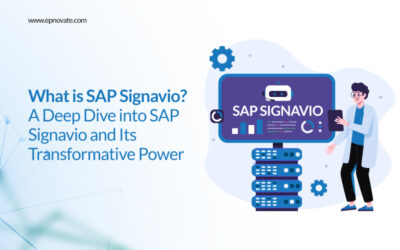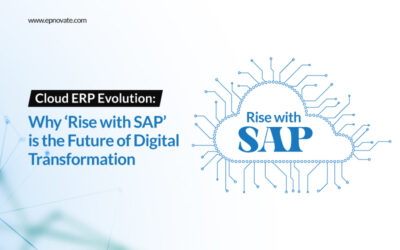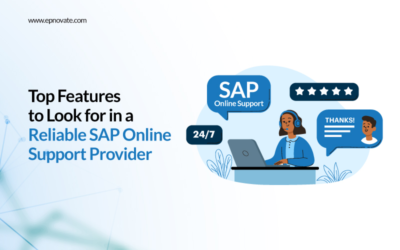A Comprehensive Guide to Connecting Salesforce, MuleSoft, AWS, and SuccessFactors with SAP
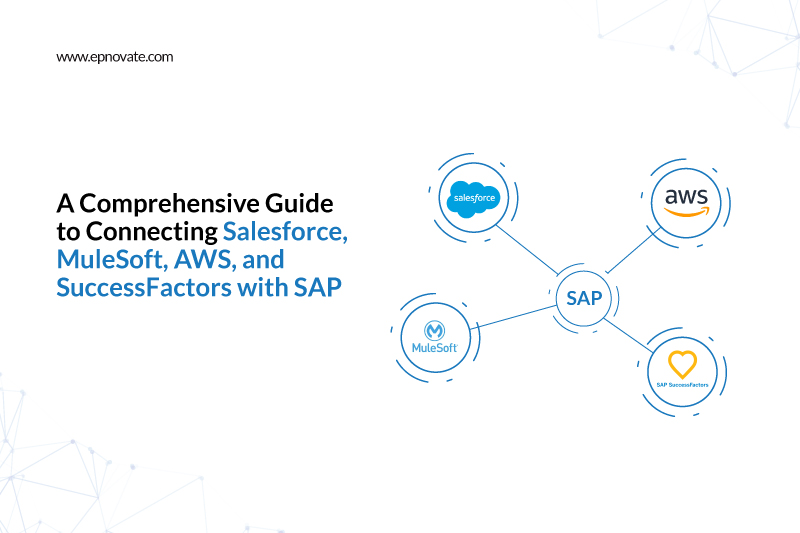
Businesses often turn to a variety of software solutions to manage various aspects of their business. For instance, Salesforce handles consumer connections but SAP is frequently used for enterprise resource planning (ERP). By integrating these products, you may improve data flow, optimise workflows, and boost productivity. This tutorial will show you how to integrate SuccessFactors, MuleSoft, AWS, and Salesforce with SAP, emphasising the advantages and important integration points.
Overview of the Platforms
SAP:
SAP is a widely recognized ERP system that helps companies manage their finances, inventory, personnel, and other areas. It unifies several business procedures into a single system.
Salesforce:
Salesforce is a platform for managing customer relationships (CRM). It supports marketing initiatives, helps firms manage revenue, and keeps tabs on consumer interactions.
MuleSoft:
MuleSoft is a platform for integration that links different software programs. It facilitates smooth communication and data exchange between many systems.
AWS:
Amazon Web Services (AWS) provides databases, processing power, and storage as well as cloud computing services. Companies may scale their IT resources as needed with the aid of AWS.
SuccessFactors:
SuccessFactors is an HR software that runs on the cloud. It supports the management of hiring, performance, development, and personnel information.
Why Integrate SAP with Other Platforms?
Integrating SAP with other platforms provides several advantages:
Unified Data:
It is simpler to assess and come to wise conclusions when data from several sources is combined into a single system.
Streamlined Processes:
By linking different corporate processes, efficiency is increased and less human labor is required.
Improved Cooperation:
Information exchange between systems promotes improved coordination and teamwork.
Enhanced Customer Experience:
SAP and Salesforce customer data integration improves customer happiness and service.
Integration of Salesforce, MuleSoft, and AWS with SAP
High-Level Architecture Diagram
A high-level architecture diagram helps visualize how these systems interact:
- SAP: The central platform for managing vital corporate operations.
- Salesforce: Connects to SAP to share CRM data.
- MuleSoft: Functions as an intermediary, enabling connectivity between SuccessFactors, Salesforce, AWS, and SAP.
- AWS: Offers SAP cloud computing and storage services.
- SuccessFactors: Integrates HR data by connecting to SAP.
Integration Points
- Salesforce to SAP: By connecting Salesforce and SAP, customer information may be sent into SAP for use in order fulfillment, stock control, and financial reporting.
- MuleSoft to SAP: MuleSoft ensures efficient system connectivity and data transfer by integrating SAP with other applications.
- AWS to SAP: Scalable storage and processing capacity are provided by AWS as cloud resources for SAP.
- SAP to SuccessFactors: This integration enhances HR procedures and data integrity by connecting SuccessFactors HR data with SAP’s ERP system.
Data Flow
- Salesforce: SAP receives customer information and interactions for additional processing.
- MuleSoft: Transforms and routes data between SuccessFactors, Salesforce, AWS, and SAP.
- AWS: Data from SAP and other systems is processed and stored by AWS.
- SuccessFactors: HR data enters SAP and is integrated with other company operations.
Connecting SAP and SuccessFactors
Integrating SuccessFactors with SAP aligns HR data with other business processes. This integration offers several benefits:
Unified Employee Data:
Consistency of employee data across platforms is ensured.
Improved HR Procedures:
Simplifies payroll, performance management, and hiring procedures.
Improved Reporting:
By integrating data with SAP, this system offers thorough HR analytics and reporting.
Future Trends in Integration
Increasing AI Usage:
By offering more intelligent data processing and analytics, AI will improve integration.
More Automation:
Processes with more automation will require less manual labor and be more efficient.
Enhanced Security:
During integration, data will be safeguarded by better security protocols.
Increased Flexibility:
Businesses will be able to react to changing needs with the support of more flexible integration options.
The integration of SAP with SuccessFactors, MuleSoft, AWS, and Salesforce results in a more streamlined and effective corporate setting. Businesses can use technology to better data management, expedite procedures, and improve decision-making by knowing how various systems interact. For more information on SAP integration and software development, get in touch with a SAP software development company.
Conclusion
The integration of SAP with SuccessFactors, MuleSoft, AWS, and Salesforce results in a more streamlined and effective corporate setting. Businesses can use technology to better data management, expedite procedures, and improve decision-making by knowing how various systems interact. For more information on SAP integration and software development, get in touch with a SAP software development company.
Recent Posts
- 10 SAP Line of Business Solutions Empowering Digitally Transformed Enterprise Operations
- Choosing the Right SAP Implementation Partner: What Businesses Need to Know
- How to Future-Proof Your SAP ERP
- SAP Operations Continuity: 5 Priorities You Need to Embrace Today
- Introducing The First-of-Its-Kind SAP HANA Community Cloud
